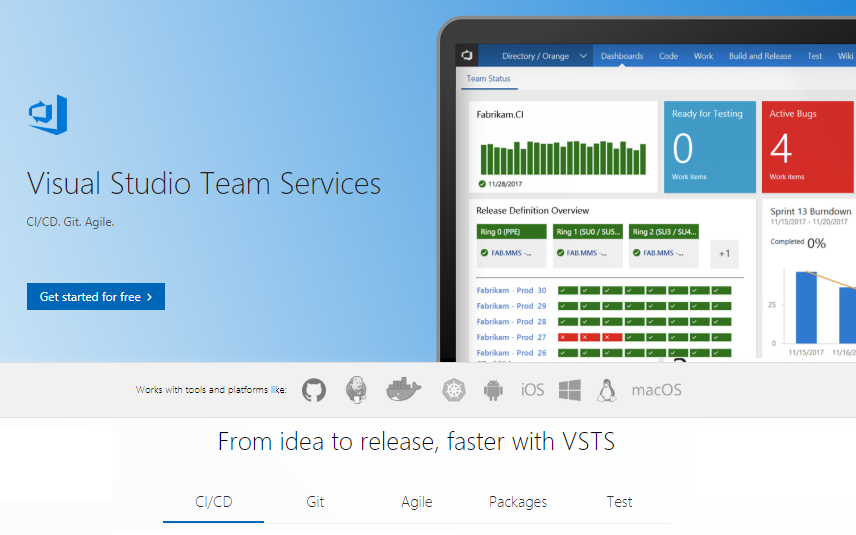

- #Visual studio compare folders without tfs how to#
- #Visual studio compare folders without tfs software#
Note that the differences are highlighted and sections can be collapsed. Switching to the Grid view gives you a structured view that's more easily navigable, as shown in Figure 4. At this point, you can compare two different XML files or different versions of the same file and you'll be presented with several options for viewing the file in DiffDog.įigure 3 shows the default comparison view of two versions, the "xml" mode in a flat view. The Configure User Tools dialog will list each extension separately. The arguments on this command line determine what values TFS passes to the differencing tool. Provide the path to DiffDog and leave the default arguments alone. The great thing about TFS is that it will use the tool registered with the given file type so you can use multiple tools depending on the extension. Select Add and enter the extensions that DiffDog should be used for (in this example, both. To replace the diffmerge tool, in Visual Studio go to Tools > Options > Source Control > Visual Studio Team Foundation Server ( Figure 1) and select Configure User Tools ( Figure 2). If you're interested in using other tools, see James Manning's blog for a list of other comparison tools and the TFS command line arguments for them.
#Visual studio compare folders without tfs how to#
DiffDog has been around for about three years or so, but for some reason it isn't used as much as I thought it would be.īecause of this, I wanted to show how to replace the default merge tool in TFS with the DiffDog tool.

We all know and love Altova (at least, those of us who work with a lot of XML) for all the great XML tools it provides. My favorite tool for comparing XML files is DiffDog from Altova. In addition, XML is a structured file type and, when handled as a text file, there's no structure to it. OK, XML files are just text files so it can handle XML files, but it doesn't treat the file as an XML file, which limits its usefulness. It can't handle Word or Excel documents (frequently used for requirements and test cases), three-way merges, or XML files. But as anyone who uses the tool knows, it doesn't do anything else. The tool is functional, has certainly stood the test of time, and handles text files just fine. The built-in file comparison tool for TFS is the same tool as in VSTS: diffmerge. Most advanced comparison tools perform both compares and merges so the same tools can be used for both.) (Note that in addition to changing comparison tools, you can also change the merge tool. Extensibility is one of the platform goals of Visual Studio Team System (VSTS), and nowhere is this more helpful then when trying to compare file versions.
#Visual studio compare folders without tfs software#
People can talk all they want about how "closed" Microsoft software is, but in the majority of cases that's just not true. One of the great things about Team Foundation Server (TFS) is its extensibility. When the diffmerge tool in TFS isn't enough, here's how to replace it with something better. Inside VSTS Performing Comparisons with Team Foundation Server


 0 kommentar(er)
0 kommentar(er)
